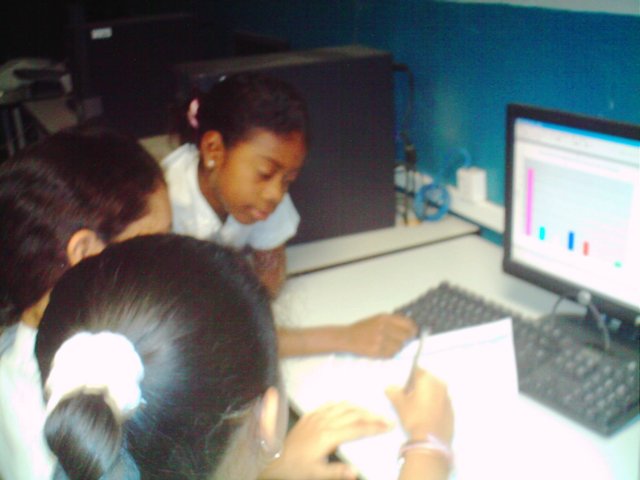Network Learning
Education Background:
Education
in Panama is compulsory for the first six years of primary education and the three years of Middle School.
As of the 2004/2005 school year
there were about 430,000 students enrolled in grades one through six (95%
attendance). The total enrollment in the six secondary grades for the same period
was 253,900 (60% attendance). More
than 90% of the population is literate. The educational system provides for the
free schooling of all children in Primary and middle school. An excellent
parallel private school system exists primarily in Panama City.

As of 2004, more than 92,500
Panamanian students attended the Universities
in Panama. The main universities are the University of Panama, a state
institution, with six campuses, the University of Santa Maria La Antigua, a
Catholic institution, the Technological
University of Panama and West Coast
University. There are more than five other private universities, plus the
recently created City of Knowledge and also including smaller colleges, there
are about 88 institutions of higher
education in Panama.
Literacy -
those ages 15 and over that can read and write
Total population: 91.9%
Male: 92.5%
Female: 91.2%
Education expenditures:
Education expenditures: 3.8% of GDP (2008)
School Access to ICT: Stage 4
Most of the primary and secondary schools and all Universities have computer
labs. In 2002,
Panama
government took the initiative to implement IT infrastructure and computer
accessibility for students at all public schools. The Internet for Everyone
Project (IFEP) in Panama began with the Law 20 of May 7, 2002 in which Article
29A states that the government must “Provide Internet in the Schools”. With that
mandate as a base, President Mireya Elisa Moscoso established an
Inter-Institutional Commission made up of the Ministry of Education (MEDUC),
Ministry of Economy and Finance (MEF), and the Secretary of Science, Technology,
and Innovation (SENACYT) to work together on the issue. President Moscoso asked the
Commission to give this project the highest priority. Since June of 2002, the Commission
has been meeting regularly and has installed computer labs in almost all public
schools.

Enhancing Education with ICT: Stage
3
In 2007, then Panama President Martin
Torrijos introduced a new reform to education system. The idea behind that was that
students should be taught the English language as a second language and emphasis
should be placed on computer skills as well. These
added skills enable Panama to compete with the first world countries on
international services and trade within the next 10 to 20 years.
Panama government has also established the Panama Pacific Special Economic Area
that provides tax incentives and benefits for ICT companies.
Developing the ICT Workforce: Stage
3
While Panama has taken steps to enhance IT education, it still lacks skilled IT
workforce. The ICT sector in Panama is composed of approximately 200 companies
mostly small and medium sized, and are mainly engaged in the commercialization
of ICT goods, rather than services. Significant percentages of these companies
are international firms.
The ICT sector has a medium-low innovative profile and the constraints that most
companies are facing can be summarized in: shortage of software and
telecommunications engineers. Panama government has prioritized projects that
will contribute to increase in its ICT sector competiveness, through three lines
of action:
·
Promotion of improvements
in human capital
·
Improvement of
competitiveness factors
·
Strengthening of the
National ICT sector association
Panama is also working to become an
international hub specializing in Information and Communication Technologies
(ICT). A new strategy is being executed by the Secretary of Science, Technology,
and Innovation (SENACYT) and the Chamber of Information and Communication
Technologies (CAPATEC), which are supported by national and international
agencies. The plan "ICT National Strategy 2010-2014" is a strategy designed to
develop the IT sector and turn the nation into a global center.
|